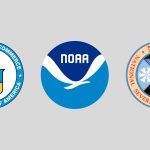
The United States Department of Commerce announced on Tuesday that the Forecast Research and Development Division at NOAA’s National Severe Storms Laboratory (NSSL) is a recipient of its highest award, a Gold Medal.

The United States Department of Commerce announced on Tuesday that the Forecast Research and Development Division at NOAA’s National Severe Storms Laboratory (NSSL) is a recipient of its highest award, a Gold Medal.

For more than 60 years, NSSL researchers have been taking to the field to study tornadoes and severe weather.

The NOAA National Severe Storms Laboratory (NSSL) hosted its inaugural NSSL Science and Engineering Day recently, gathering lab staff for a full day of reflection, discussion and collaboration. With a focus on appreciating the history and achievements of the lab while also casting a vision for the future, the event gave lab staff a unique opportunity to share, collaborate and think about the future of NSSL.
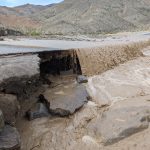
As Tropical Storm Hilary made landfall in California and affected the southwestern United States, researchers at the NOAA National Severe Storms Laboratory (NSSL) stepped into action, using a cutting-edge tool to lend support to forecasters.

The NOAA Hazardous Weather Testbed provides a conceptual framework and a physical space to foster collaboration between research and operations to test, perfect and evaluate emerging technologies and science for NWS operations.

A severe weather system rolled through central Oklahoma on April 19, 2023, producing supercell thunderstorms that yielded at least 18 tornadoes. From observations, to modeling to post-storm damage assessment, NSSL researchers gathered comprehensive data and put their cutting edge research to the test on storms in their own backyard.
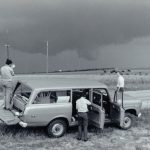
Fifty years ago, on May 24, 1973, a violent F-4 tornado tore through the central Oklahoma town of Union City, killing two people and injuring at least four more. While the human impact of the storm was devastating, the Union City tornado was also historic as it marked the first time researchers were able to use radar to observe the entire lifecycle of a tornado.
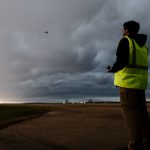
Scientists from the National Severe Storms Laboratory and Cooperative Institute for Severe and High-Impact Weather Research and Operations (CIWRO) at the University of Oklahoma will embark on a new field study this summer to collect lower atmospheric observations prior to severe thunderstorms.
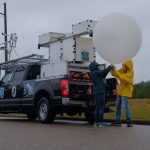
Researchers prepare to launch an experimental weather balloon on April 5, 2022, near a storm in Greenville, Alabama. (NOAA) This winter has brought multiple rounds of devastating severe weather to the southeastern U.S., with more…

DaNa L. Carlis, Ph.D., a research meteorologist and experienced scientific leader, has been named the director of NOAA’s National Severe Storms Laboratory (NSSL) in Norman, Oklahoma. He will join the world’s preeminent research institution for…